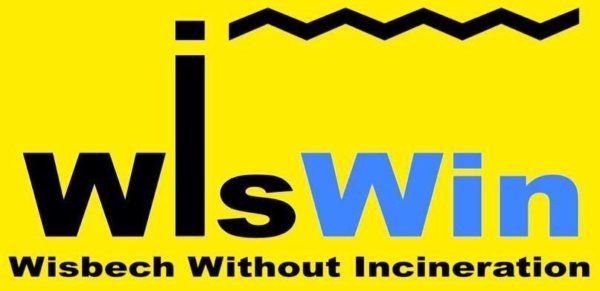Please click on each line or picture for the full report/article
Risk of adverse reproductive outcomes associated with proximity to municipal solid waste incinerators with high dioxin emission levels in Japan
https://scienmag.com/air-pollutions-tiny-particles-may-trigger-nonfatal-heart-attacks-yale-study-finds/
[UPDATED] “Important caveats” omitted from incinerator health dangers, group claims
“Although presented as state of the art, the youngest incinerator in the Netherlands is far from a clean: long-term tests reveal emissions of dioxin, furan and persistent organic pollutants far beyond the limits.”
“Initially, in order to deliver energy to the nearby salt industry plant, the REC incinerator was only supposed to burn Frisian household waste. However, nowadays the waste input comes from everywhere in the Netherlands. Besides household waste, the REC waste input includes also industrial waste, digestate1 and sewage sludge. Chemical analyses to check the waste input were first undertaken at the start in 2011. It is debatable whether this installation with a post combustion temperature of 8500 Celsius is actually capable of combusting the chemical complexity of current ‘household’ and industrial waste.”
“In 2013, a study by ToxicoWatch found high concentration of dioxins and furans in eggs of backyard chickens in the surroundings of the REC incinerator”
Above quotes from report, download here: Toxicowatch report from the Netherlands November 2018
